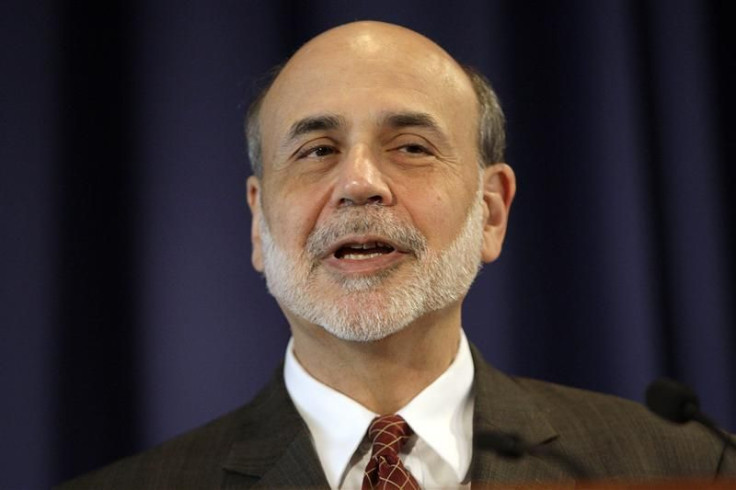China, Japan To Begin Selling US Treasurys?

China will soon need to begin selling U.S. Treasury issues in order to fund its trade deficit, according to financial blogger Frederick Sheehan.
Over the past decade China has run persistently large trade surpluses with the world, particularly the United States. Much of the cash generated by these imbalances was lent back to the U.S. government through purchases of Treasurys, which have been a safe, liquid investment for the Chinese.
From January 2001 to January 2012, China increased its Treasury investments by over $1 trillion en route to becoming the largest foreign holder of the securities.
But the trade surpluses and Treasury-buying by China have peaked and are headed for reversal, wrote Sheehan, former head of asset allocation at John Hancock Financial Services in Boston.
In February, China posted a trade deficit of $31.5 billion, the country's biggest in more than a decade.
While some analysts attributed the deficit to the Chinese New Year holiday and other temporary factors, Sheehan believes it's a sign of things to come.
After the global financial crisis, the West no longer consumes enough to power China's export-driven economic model, some experts contend. Now, the country must spend its accumulated savings, much of it still held in Treasurys, to fund its economic growth.
Sheehan noted that Commerce Minister Chen Deming recently predicted that China will become the world's biggest importer in a few years.
Sheehan thinks Japan, the second-largest foreign holder of U.S. Treasurys, must also soon begin funding its economy by selling its vast holdings.
He noted that Japan ran a trade deficit in 2011, its first since 1980. Although the island nation's devastating earthquake and tsunami in 2011 was cited as a factor, structural pressures such as an aging population also play major roles, according to Sheehan.
Treasurys, meanwhile, have become a less attractive investment in China's eyes.
The country has repeatedly complained about the Federal Reserve's massive Treasury-buying program, known as quantitative easing, which threatens to devalue the dollar and erode the debt securities' ability to preserve global purchasing power.
A top concern of China is securing access to raw materials. In the past few years, the prices of many commodities, including copper and iron ore, have surged against the dollar, partly due to quantitative easing.
Recently, instead of buying Treasurys, China has deployed some of its dollar holdings to natural-resource investments in Australia, Africa, Latin America and Canada, advisory firm Merck Investments noted.
When China and Japan begin to sell Treasurys, it is possible some U.S. financial institutions can be persuaded to buy [them] with abandon, but there would seem to be a limit, wrote Sheehan.
The Fed, he fears, will then be the only entity big enough to fill the funding gap of the U.S. government.
Yields, which go up when prices go down, on the 10-year Treasury have risen from under 2 percent to nearly 2.4 percent so far this year. Usually when Treasury yields rise, it's a sign that investors have turned more bullish and are switching from safe-haven assets to riskier assets like stocks.
If that were the case in 2012, stocks should have climbed higher, according to Art Cashin, director of floor operations at UBS Financial Services.
This had led some traders to wonder if China might be involved. ... Sales by China would not automatically go into stocks, wrote Cashin.
© Copyright IBTimes 2024. All rights reserved.











